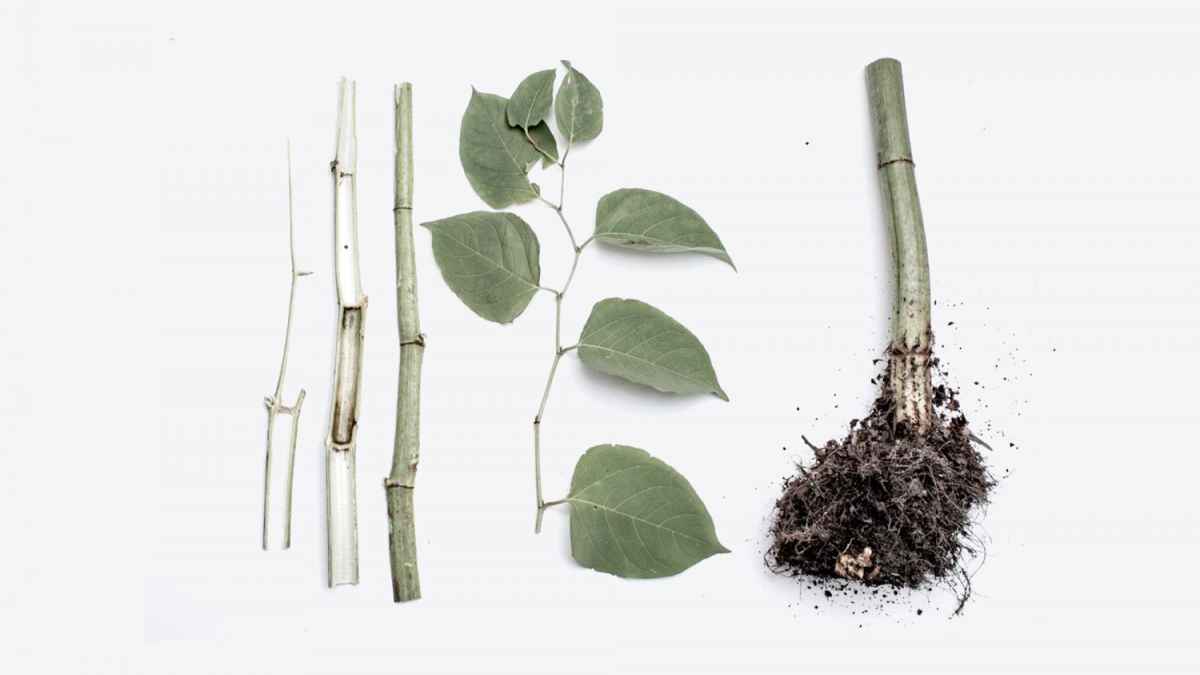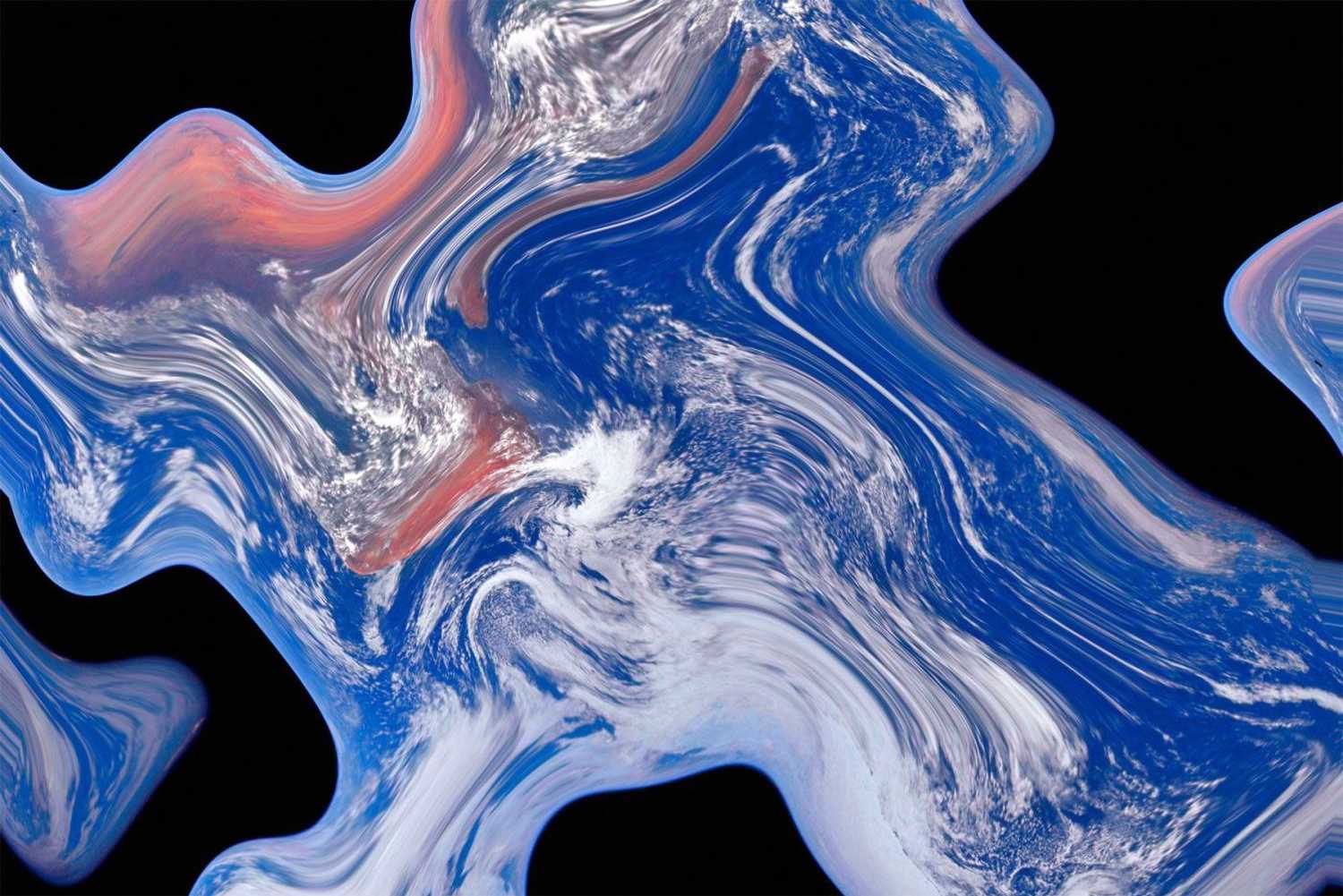
The Deep Design Lab (DDL) explores artifacts that organize the relations between Man and nature in the context of the Anthropocene―concept that names human activity as geological force.
See all DDL research projects and events
Following a preliminary research (as presented at the conference "The Anthropocene Grid" at the EESAB in 2019), the Deep Design Lab is based on two starting-points :
― the Anthropocene is the consequence of an artificial (Western) separation of our habitat in two spaces, nature and culture
― the same habitat has been built by an European elite at stake of declassified human beings and at the expense of non-human beings.
The notion of the "Anthropocene" expresses the fact that human activities (such as agriculture, colonialism, industrialization, urbanization, capitalism or consumerism) have profoundly altered the biogeochemical cycles of our planet. Man would have created a new geological layer archiving radioisotopes, plastic, concrete or genocide. By means of transdisciplinary research-design projects, the Deep Design Lab explores the material and the visual of the Anthropocene in order to question the thoughts and norms deeply embedded in our images, objects, buildings and infrastructures.
In order to understand and to emancipate from the "Master's Tools" (Audre Lorde), the DDL projects are thus interested in images and objects that condition the relationship between the human and its environment. They study material realities composing our tools (human and non-human "resources" and infrastructures); deconstruct the fictions that these same tools generate (socio-political, economic or ecological ideologies materialized as artifacts); question the environments that transform fictions into everyday attitudes.
The Deep Design Lab challenges the modern vision of design (and the world) that is characterized by a style―a surface―masking compound material realities, simplifying human/human, human/non-human or non-human/non-human intertwined relationships. DDL takes as starting point the bifurcation undertaken by the Europeans in the 15th century, when the once divine world has been transformed into a "laboratory" (Georges Bernanos)―an object of study and of control. Questioning the performativity of design and its capacity to create social and political values, the DDL projects search for artifacts that generate non-anthropocentric attitudes.
Artifacts as complex (technical) systems
We do not live without mediation with our (natural and artificial) environments. We make our world habitable through our tools, our images, our objects, etc. that function as complex systems modeling our bodies, our landscapes, our behaviors. How to "re-design" the (technical) media of our everyday life in order to model "non-anthropocene" attitudes that are based on interconnected realities?
Inspired by anthropological methodologies, the Deep Design Lab produces knowledge through investigation and fieldwork, while developing its own design research methods and tools. It tries to materialize this enquiry through form and to share (ongoing) research. Via projects that address concrete design research questions, the Deep Design Lab is structured around the research axes "Bifurcations" and "Urban grounding":
Bifurcations
How can design―through fieldwork, the creation of experimentations and scenarios―propose a "meta-discourse" to guide political decision-making? How can design accompany and / or cause radical changes?
Urban grounding
The history of Saint-Etienne is closely linked to the history of the human colonization of soils. The mines as artifacts of the Anthropocene speak of environmental transformations caused by human actions (the extraction of resources, the displacement and the pollution of the grounds, etc.). How can design contribute to make these altered landscapes habitable again? How to install a new "contract" of cohabitation between human and non-human beings?
Between 2019 and 2022, in collaboration with the Ecole urbaine de Lyon, the "Deep Design Lab" develops its research axes via three research-design projects, which gave rise to experiments, exhibitions, events, publications, conferences and meetings, namely:
―Maison Soustraire (Subtract House) by Mathilde Pellé
―New Weather TV by Simone Fehlinger
―Renouer (Re-knot) by Jean-Sébastien Poncet
In 2022, the Deep Design Lab integrates the program of the École supérieure d’art et design Saint-Étienne in order to develop pedagogical formats initiating research. By questioning artifacts―objects, images or protocols―that seem to structure the relationship between Man and Nature, this transversal research studio proposes to push the idea of a "deep design" both as a research method and a teaching mode within the concept of the Anthropocene. Seminars, workshops, experiments, exhibitions, publications, etc. are its tools.
The Deep Design Lab has been launched as a collaboration between the Cité du design-Esad Saint-Etienne and the Ecole urbaine de Lyon (2019―2022) from shared values and commitments, namely : radical interdisciplinarity, experimentation as concrete research practice, form as a means of sharing knowledge with a large audience made of experts and non-experts. In 2022, the Deep Design Lab integrates the educational program of the Ecole supérieure d’art et design Saint-Etienne, expanding its initial ambitions in relation to teaching.
Team
2019-2022
Under the direction of Olivier Peyricot, director of research at the Cité du design and Michel Lussault, director of the École urbaine de Lyon.
– Simone Fehlinger : designer-researcher, in charge of the Deep Design Lab
– Marine Fulchiron Lecointe : research coordinator Cité du design
– Bérénice Gagne : project manager at the École urbaine de Lyon (in charge of monitoring, professional training, and the Saint-Étienne territory)
– Jean-Sébastien Poncet, associated designer-researcher
– Mathilde Pellé, associated designer-researcher
– Delphine Hyvrier, PhD candidate UJM/Cité du design-Esadse
2022
– Teacher : Simone Fehlinger (designer-researcher, in charge of the Deep Design Lab)
– Associated PhD candidates and student-researchers : Delphine Hyvrier (PhD candidate UJM/Cité du design-Esadse), Charlotte Goffette (DSRD student-researcher, CyDRe Esadse)
Contact : Simone Fehlinger (designer-researcher, in charge of the Deep Design Lab)
simone.fehlinger@esadse.fr
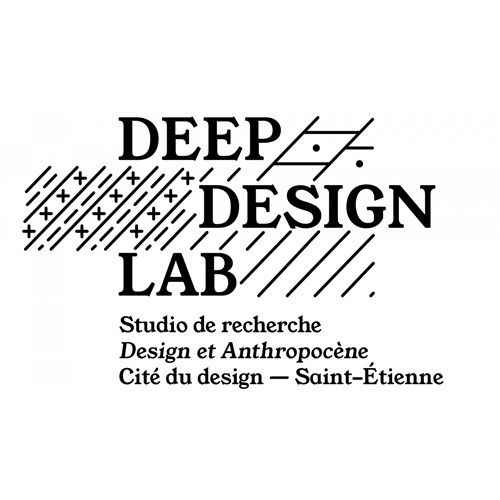
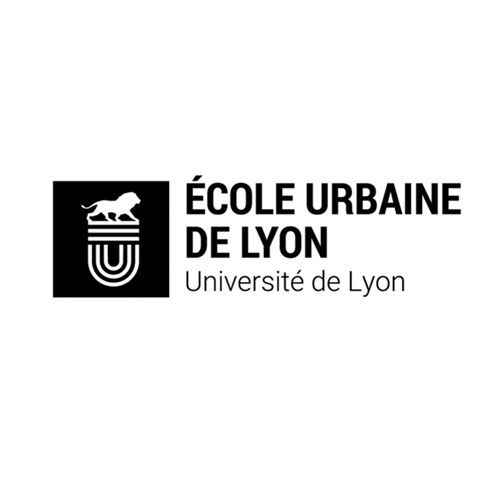
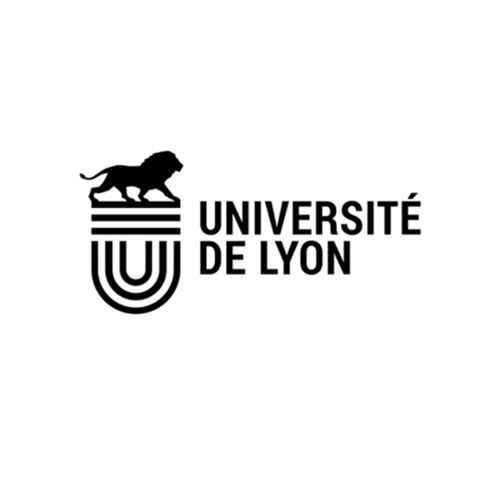
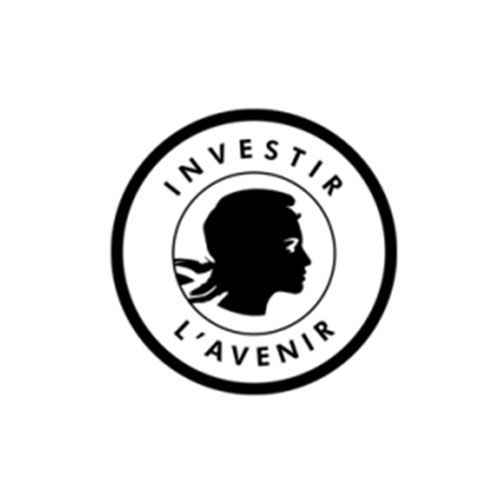
This work was supported by a state funded « Investments for the Future » program operated by the French National Research Agency (reference ANR-17-CONV-0004).
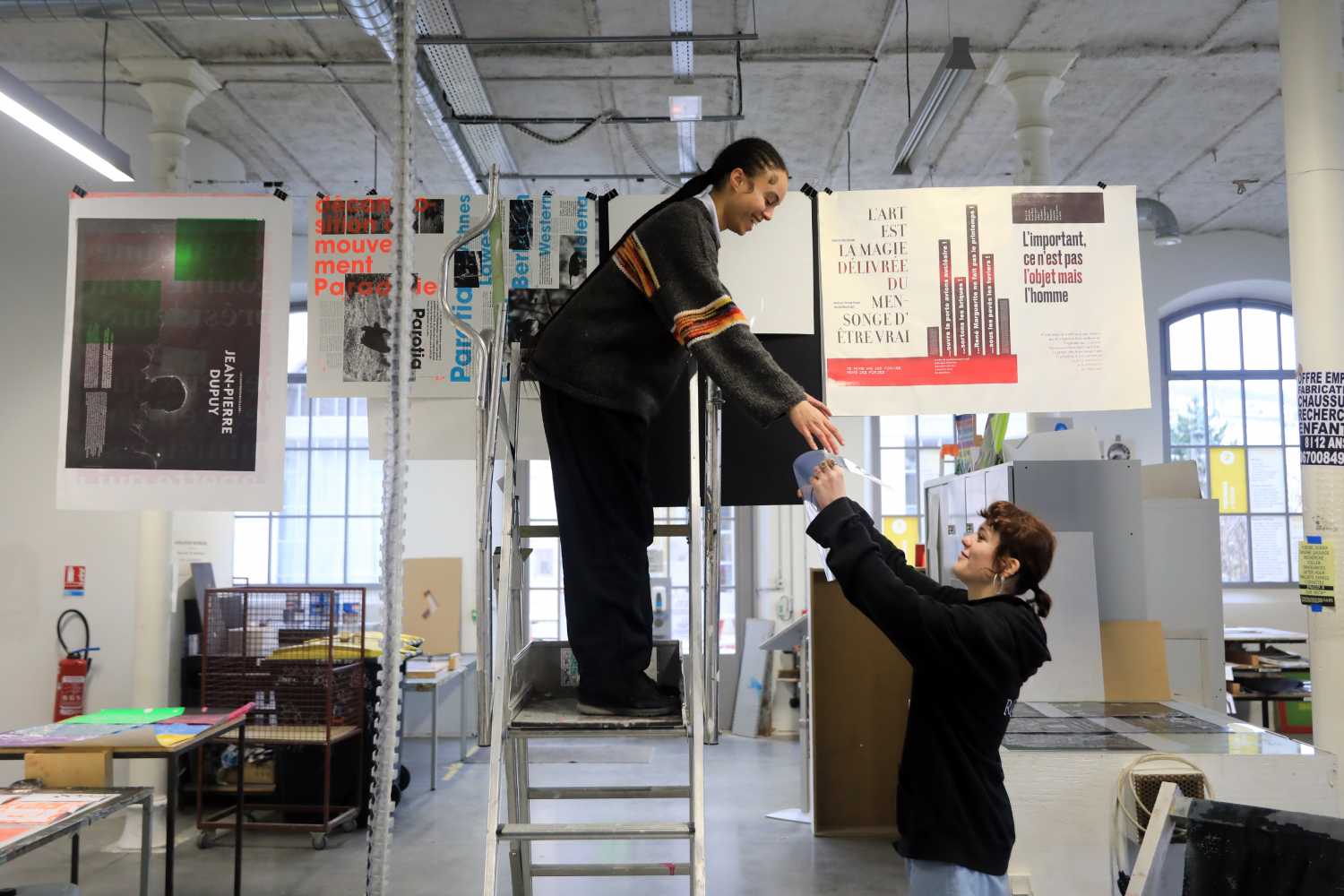
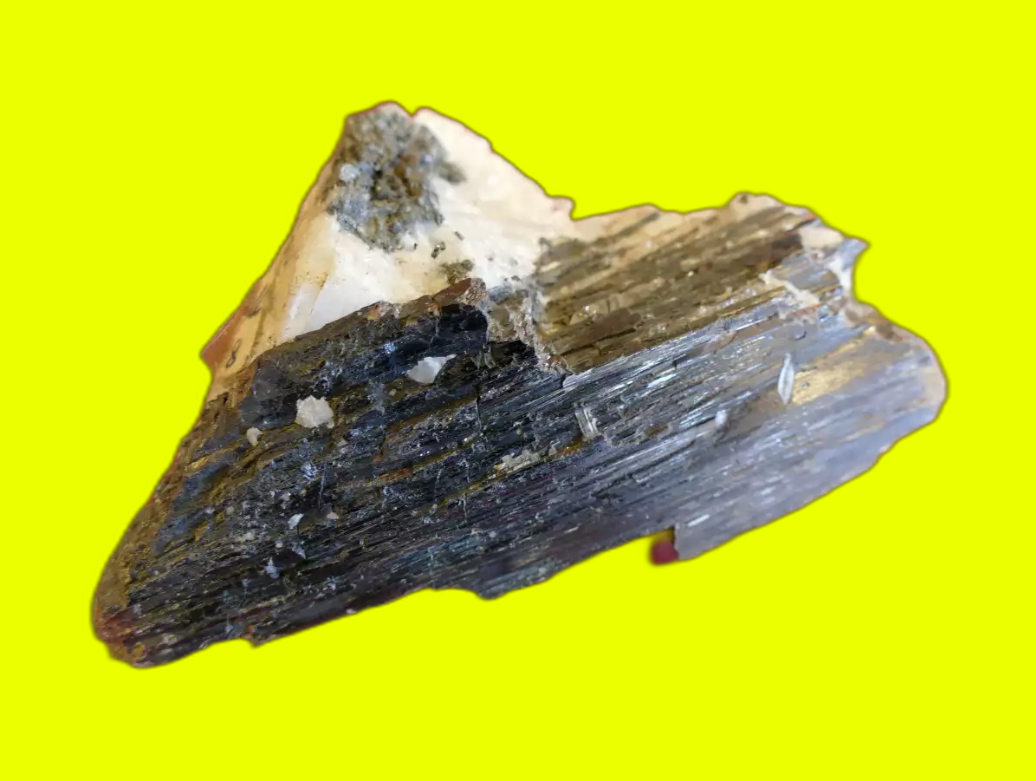
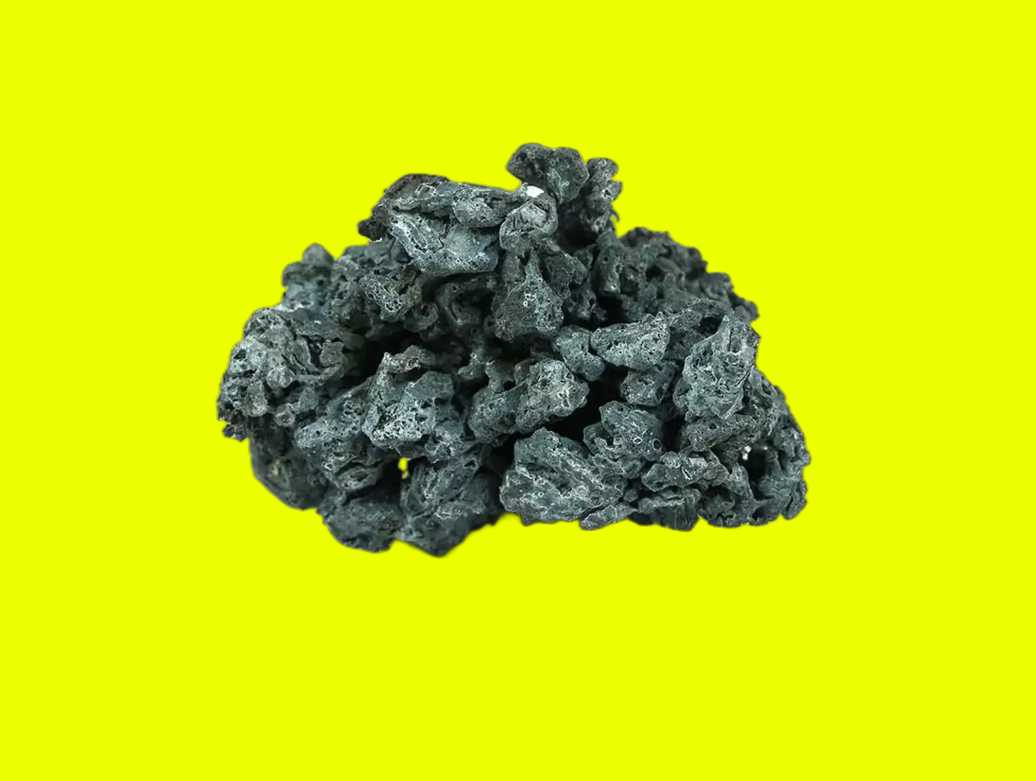
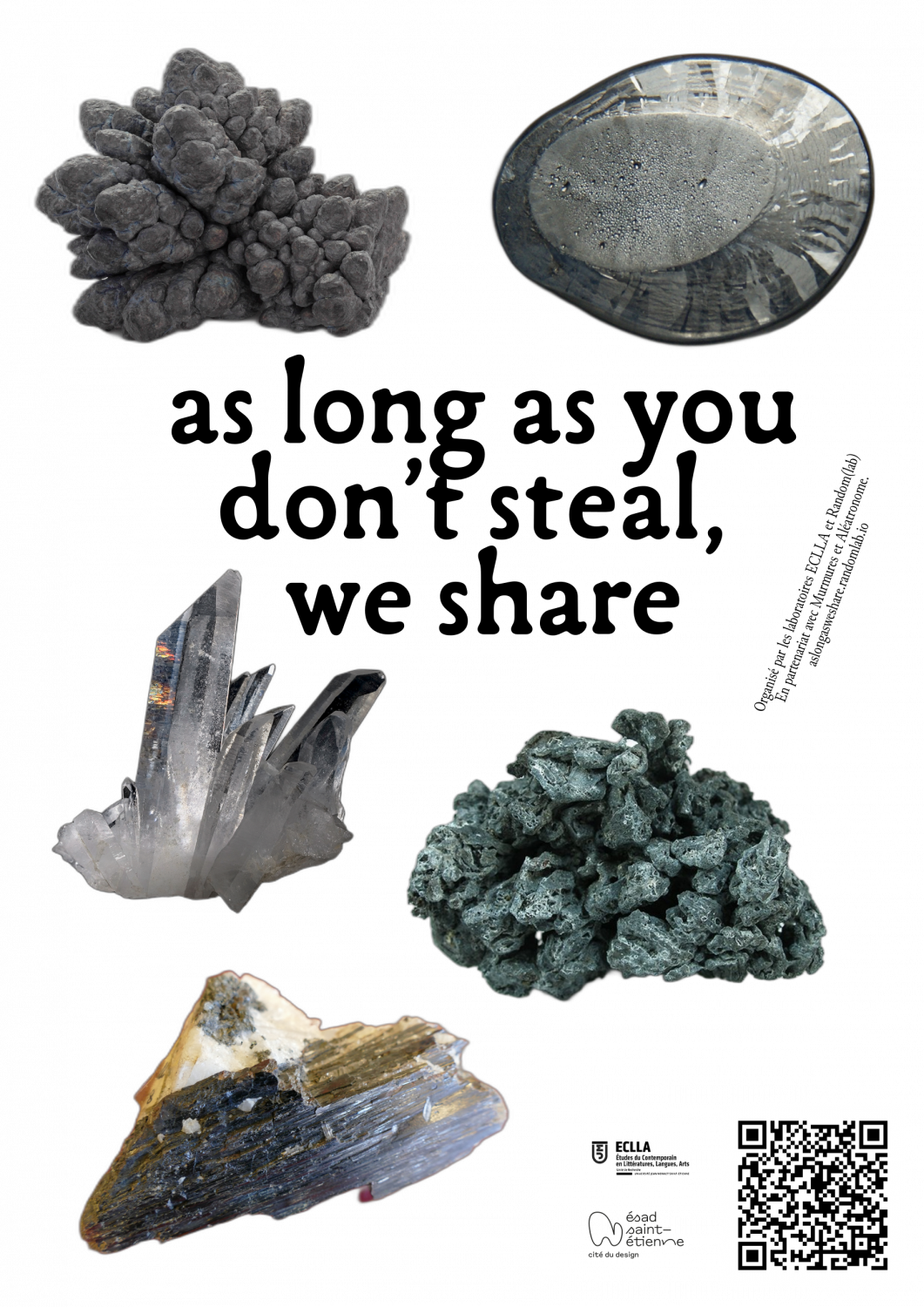
Votre navigateur est obsolète, l’affichage des contenus n’est pas garanti.
Veuillez effectuer une mise à jour.


